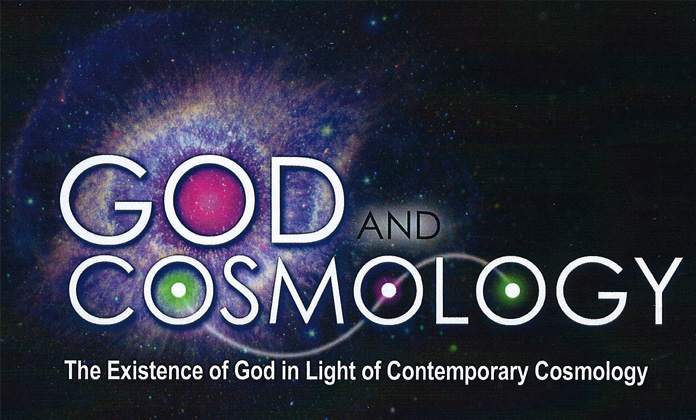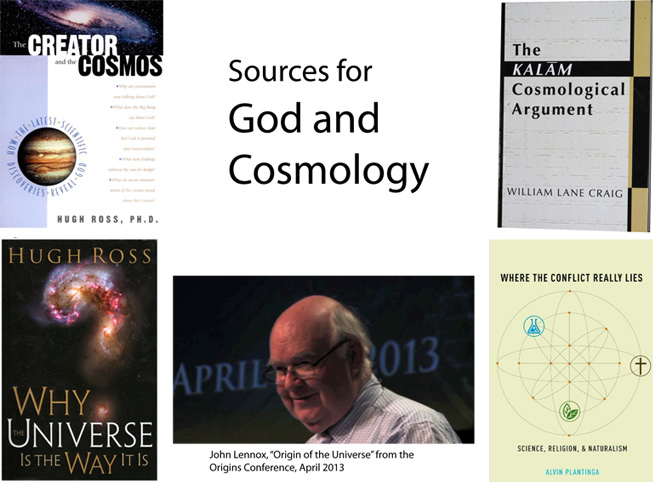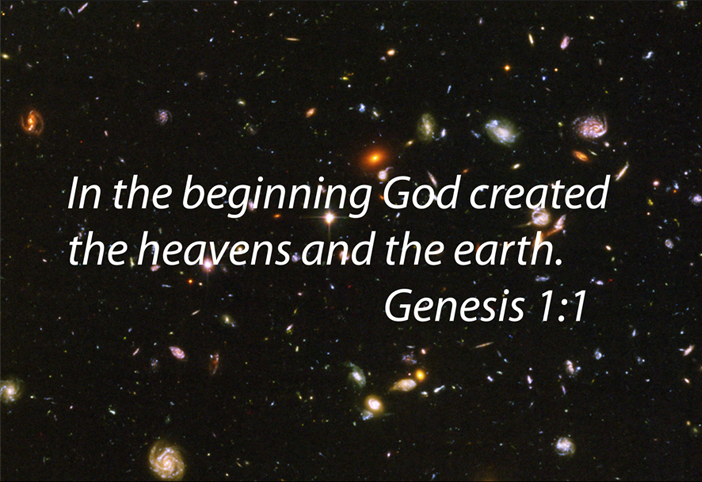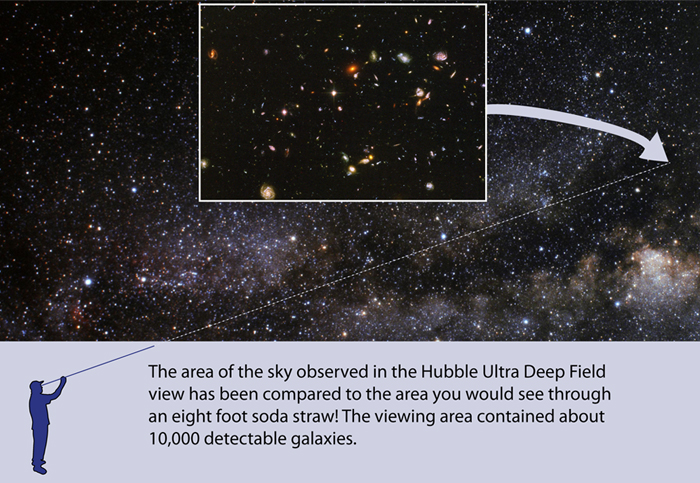
Following the lead of Dr. William Lane Craig's recent debate with cosmologist Dr. Sean Carroll in the Greer-Heard Forum, this month's RTB meeting will focus on those aspects of modern cosmology that point to the God of the Bible. Dr. Craig invoked the Kalam cosmological argument, which posits that anything that began to exist has a cause. He then argued that the observed pattern of expansion of the universe plus the increase in entropy of the universe are strong evidences for a beginning of the universe in finite time. In addition, the observed fine-tuning of the universe in a way that life is possible is another way that cosmology is congruent with the Genesis account. Add to this the number of "goldilocks scenarios" that make our planet just right for the sustenance of intelligent life and the observation and understanding of the universe and you have a strong base of evidence that cosmology is compatible with a theistic view of our universe.
| Book of Nature | R Nave |


